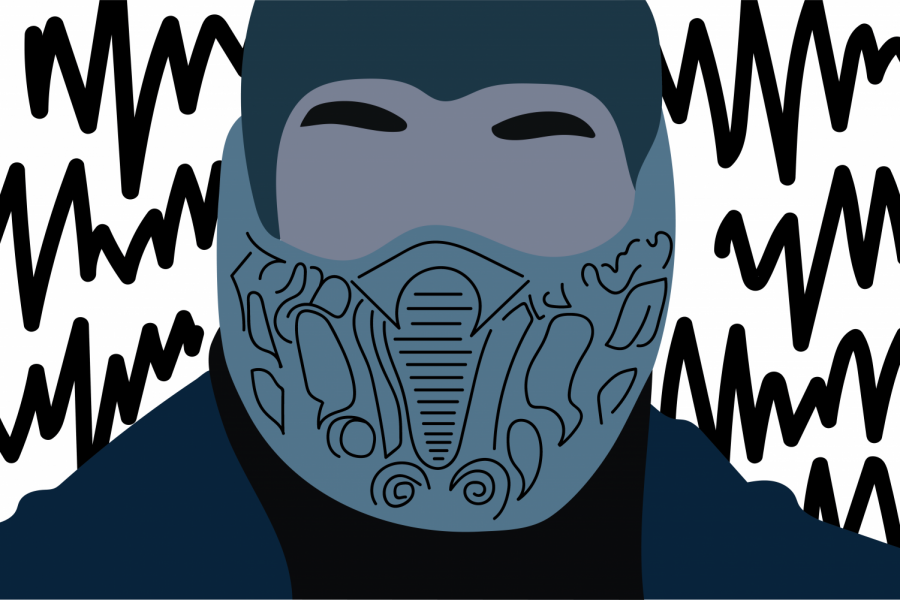Film adaptations of video games usually miss the mark as Hollywood retcons franchises’ years of source material, but “Mortal Kombat” delivered a beautiful rendition of one of the most iconic video game franchises of all time.
While the story is cheesy at times, it works in its favor because it delivers the violence, gore, fan service and good characters that the video game players know and love.
The film starts with Hanzo Hasashi tending to everyday duties with his family in their village, but Bi-Han, aka Sub-Zero, cuts it short when he and his group murders Hasashi’s clan, including his wife and child.
Ravaged by the loss of everyone he loves, Hasashi goes on a murderous rampage, leaving no doubt that everyone he cut down was viciously eviscerated in glorious “Mortal Kombat” fashion.
Shortly after, Hasashi finds Sub-Zero. A brutal fight ensues, in which Sub-Zero delivers the killing blow to Hasashi by stabbing him right above his collarbone.
Hasashi — knocking on death’s door — struggles to crawl to his family’s corpses, only to die. His body disintegrates to a black skidmark that transforms into flames dissolving into the ground. Consequently, Sub-Zero sent Hasashi to hell, where Hasashi became Scorpion, the undead ninja specter, the catalyst for Hasashi’s revenge and hate for Sub-Zero.
This movie starts strong. It gives audiences a good fight between arguably the most iconic rivalry in video game history: Sub-Zero vs. Scorpion. The violence and choreography staged in the movie are seamlessly orchestrated, taking notes from the video game itself.
The casting of Hiroyuki Sanada as Scorpion elevated the film’s sword-fighting scenes, as Sanada is a seasoned Japanese martial artist and swordsman able to showcase his skills in the film. Joe Taslim was cast as Sub-Zero. His role in the film is menacingly similar to Halloween’s Michael Myers. When Sub-Zero randomly appears in scenes, his presence means that someone is going to die.
This film has great fighting sequences and set pieces for cool fighting scenes, immersing long-time fans into the bloodfest. Everything felt video game-esque, and the decor was perfect for people to be mangled, eviscerated and disemboweled. The fights draw viewers in, and even if the storyline was above average, many viewers coming from the video game are expecting grisly fight scenes, which the movie delivered.
The casting in this film was great, but the standout character in the film was Kano, played by Josh Lawson. He embodied the scoundrel known from the video game.
There’s a fantastic scene where Kano performs his fatality from the video games on Reptile, snatching his heart from his chest. Fans anticipated this iconic finishing move, and the film didn’t disappoint, topping the scene off with a fourth-wall-breaking victory proclamation of “Kano Wins.”
This film is riddled with things that one could nitpick — the killing of characters and the use of certain characters in the film, but the only true weakness of “Mortal Kombat” was that there wasn’t enough Scorpion in the film. He should’ve been delivering more death to the opposing side in the film, but he only appeared in the opening and ending scenes, a waste of his character.
While the story wasn’t amazing, the film succeeded because “Mortal Kombat” stayed true to its formula of violence, cheesy lines and fan service that creates award-winning movies and storytelling masterpieces.
Grade: B












